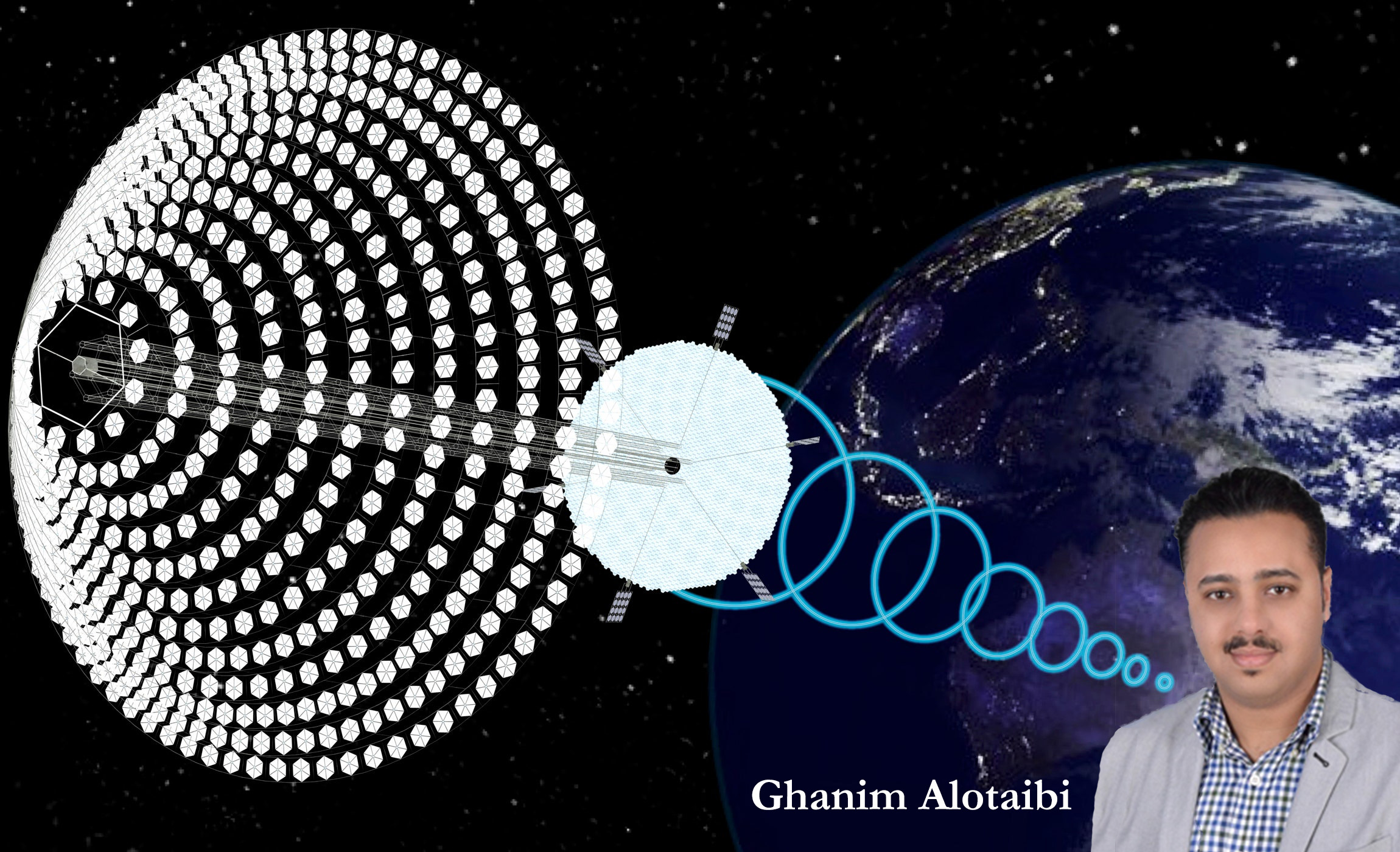
- This event has passed.
SRIC4 #07: “Space Based Solar Power and the New Paradigm of the Space Industry”

This is the preliminary webinar #07 of the IV SRI World Congress (SRIC4)
Abstract
The idea of generating solar energy in space and beaming it down to Earth using lasers or microwaves is not new. Isaac Asimov envisioned a large space-based solar power satellite transmitting energy to Earth in his 1941 short story Reason. Later, in 1968, Peter Glaser described the SBSP concept in greater detail and obtained a patent for it. The concept was further studied by ERDA, but by the early 1980s the project was discontinued. During the 1980s and 1990s, however, new technologies emerged, and several global efforts—particularly in Japan—advanced the technology readiness level of wireless power transmission. In the early 2000s, a study by the International Academy of Astronautics (IAA) concluded that the SBSP concept is technically feasible. This year, new studies have identified five concepts with strong potential for commercial viability, and multiple startups worldwide have successfully raised funding to pursue them. In recent years, we have witnessed a new paradigm in the space industry. The sharp reduction in launch costs, the emergence of highly modular SBSP architectures, and the growing global demand for clean energy have positioned SBSP as a promising emerging space market. This lecture provides a concise historical overview and explains the reference SBSP concept evaluated in the 1980s. It then highlights modern advancements and shows how new designs overcome the challenges faced by earlier concepts. A brief review of the most commercially viable SBSP architectures is also included.
A short bio
Follow the Livestream on the Space Renaissance YouTube Channel: https://www.youtube.com/live/6TGfcN1Xawo
and click ‘going’ on the Facebook Event: https://www.facebook.com/events/1471951040553020/